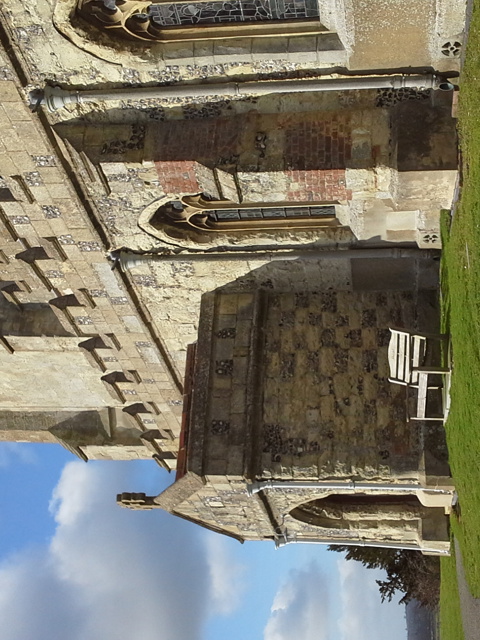How to Read a Church
CHURCH FEATURES
Churches are often expected to reveal the interaction of heaven and Earth based on biblical revelations.
Heavenly Jerusalem
The concept of heavenly Jerusalem is the biblical metaphor for heaven itself, described in the Book of Revelation as a city with pearly gates entered after a long journey on Earth. The interior of a traditional church often provides an image of heavenly qualities, as revealed in scripture: order, radiance and images of the persons of the Trinity, the angels and Saints.
Vision of heaven
Rome’s Basilica of St Paul Outside the Walls uses mosaic, statuary and architecture to give worshippers a vision of heaven derived from the Book of Revelation: Christ seated on a throne with heavenly beings gathered in adoration.
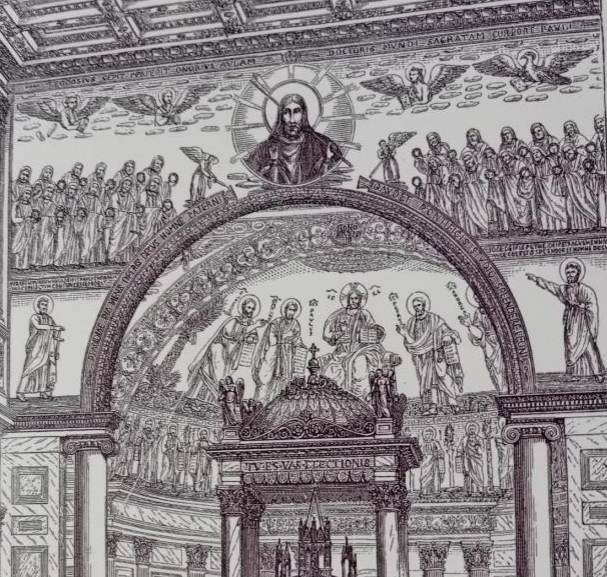
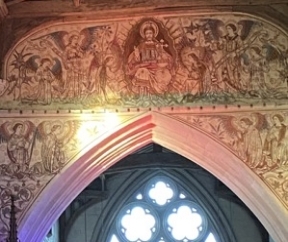
St Mary’s version at EdleFest
WINDOWS
In Christian theology, light is a meaningful concept, representing illumination of the human mind with God’s knowledge.
Small Windows
Before complex engineering solutions allowed for large wall openings, windows tended to be small, as in this medieval example. The window’s edges are splayed, meaning they angle outward on the interior, shedding light in different directions.
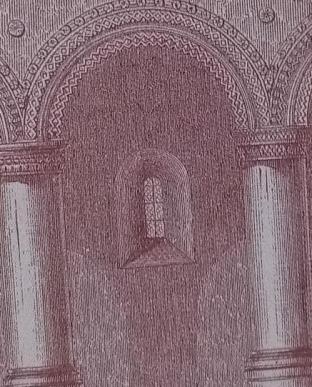

The Pilgrim Window at St Mary’s
Lancet windows
Tall, thin windows comprising a single opening without tracery are known as lancets, named for the scalpel-like tool they resemble. Lancet windows were common in the late 12th and early 13th centuries, and may appear in groups of 3, 5 or even 7.
Here is an example in the vestry
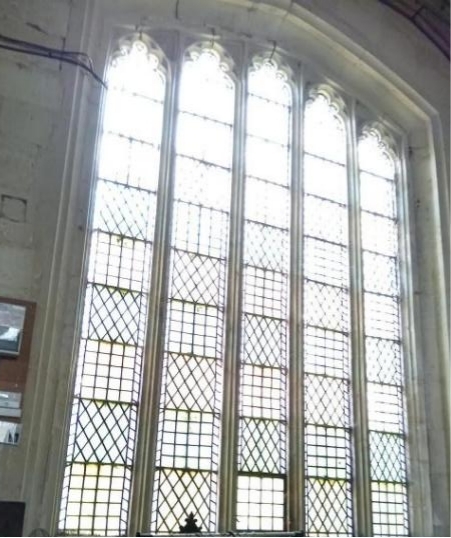
Diamond windows
This window style dates back to the 14th century, when elaborate tracery patterns were commonly found in English cathedrals, smaller rural churches could maintain smaller and simpler design traditions.
Window halfway up staircase to rood loft
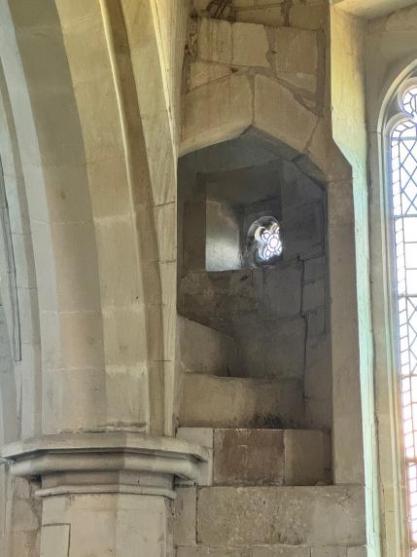
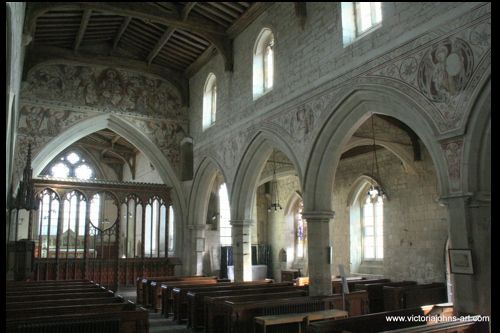
Clerestories
Clerestory derives from Middle English and means a clear or bright section of a church elevation. Raising the centre walls allowed for the entry of natural sunlight. Light was especially important in Christian worship, where processions, preachers and ceremony were intended to be seen as well as heard.
SCREENS
Choir screens are decorated walls that enclose the monastic or cathedral choir.
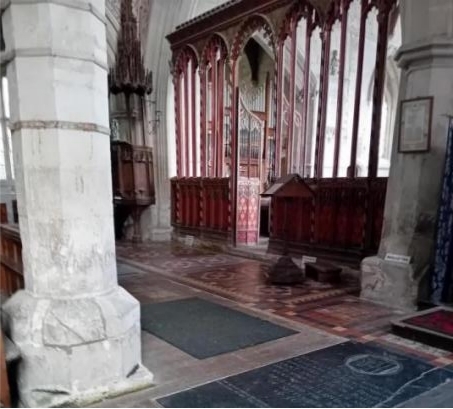
STALLS
Monastic chairs were intended for monks, nuns or others voluntarily bound to singing God’s praises. As such their seats were more than mere chairs, but rather something like a private chapel-within-a-chapel.
Misericord
Literally meaning,’merciful heart’ a misericord is a small support on the underside of a choir seat, visible only when the seat is lifted up. Meant to provide support for those standing in prayer, they often received fanciful figural carvings.
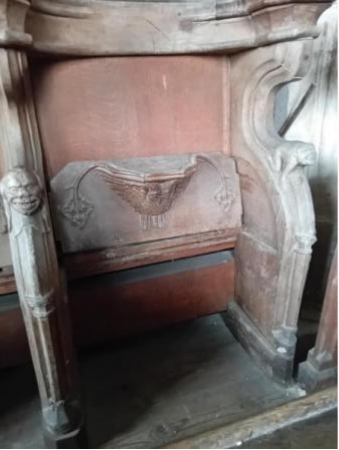

REREDOS
Many altars include elaborate screens showing images of Christ and the saints known by the French term reredos, a combinationof the words for ‘behind’ and ‘back’, indicating the location of the screen in relation to the altar.
- Sources:
- How to Read Buildings, by Carol Daidson Crague.
- How to Read Churches, by Denis R McNamara
